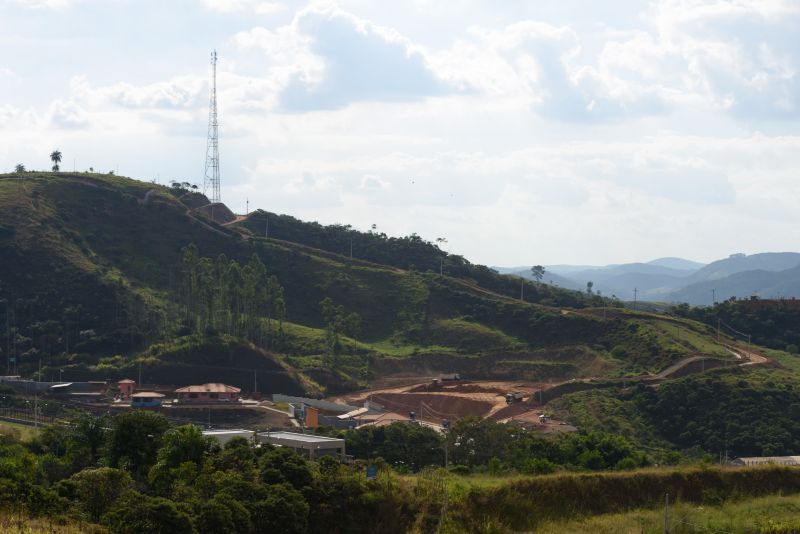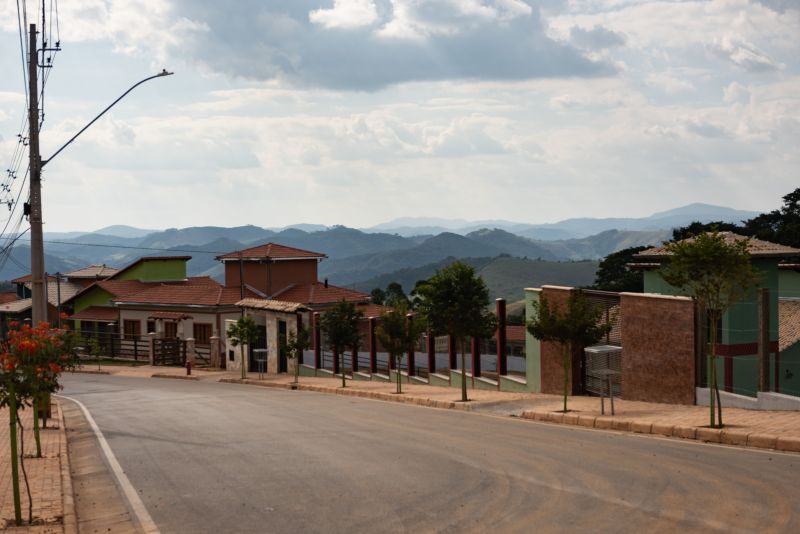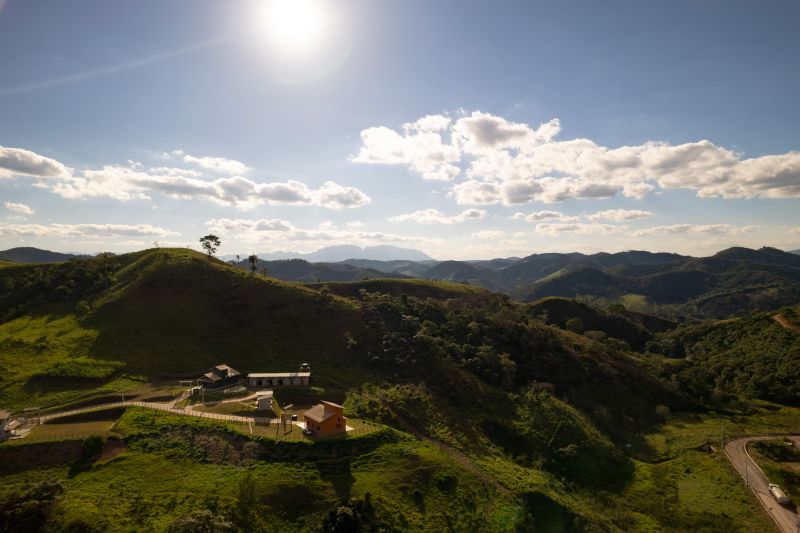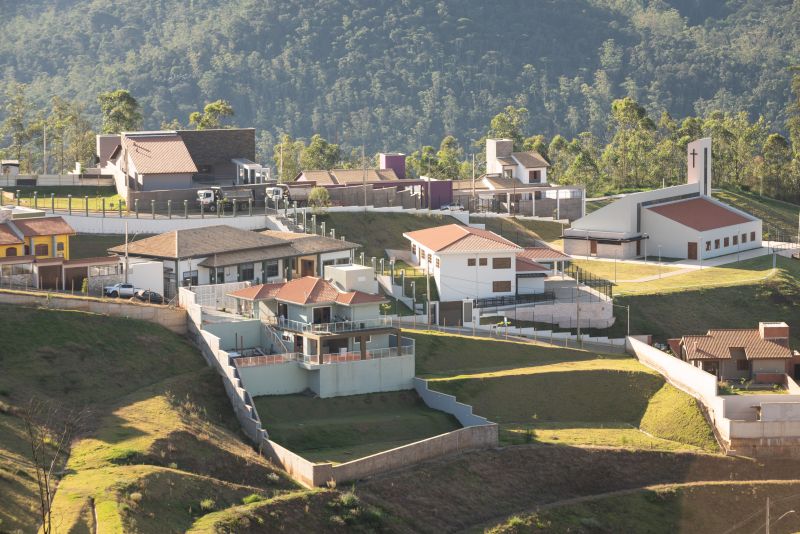In the haunting shadow of the Mariana Dam disaster, a calamitous event that reverberated through the heart of Brazil in 2015, a tapestry of stories is woven, capturing loss, resilience, and the indomitable human spirit. This tragedy, marked by the catastrophic collapse of the dam, unleashed a torrent of sludge that obliterated entire communities, claiming lives and ushering in an environmental nightmare.
Documentaries and films centered on this catastrophe serve as vital chronicles, probing deep into the lives forever altered and the ecological scars that remain. Through raw interviews, expert analysis, and vivid visuals, these cinematic works challenge audiences to confront not only the stark realities of industrial negligence but also the enduring hope of those who dare to rebuild.
As viewers embark on this eye-opening journey, they encounter a mosaic of perspectives that invite reflection on accountability, environmental stewardship, and the fragility of human life in the face of natures fury.
Introduction to the Mariana Dam Disaster

The Mariana Dam disaster, a catastrophic event that shook Brazil to its core, is a poignant reminder of the fragility of human-engineered systems. On November 5, 2015, the collapse of the Fundão tailings dam unleashed a torrent of toxic mud, obliterating the small town of Bento Rodrigues and claiming lives, livelihoods, and long-standing ecosystems.
This tragedy was not just a statistical blip; it was a haunting narrative etched in the memories of survivors and marked by the echoes of a community left in shambles. As rivers transformed into sludge, and the landscape bore scars of industrial negligence, the repercussions reverberated beyond borders, inciting global outcry and intense scrutiny of mining practices.
Documentaries and films have since emerged, striving to capture the magnitude of this disaster—each lens offering a unique perspective on the human and environmental toll, as well as the urgent call for accountability and reform in an industry often driven by profit over safety.
Global Implications of Industrial Disasters

The ramifications of industrial disasters extend far beyond the immediate vicinity of the incident, echoing through global environmental policies and economic structures. The Mariana Dam disaster stands as a stark reminder of the fragility of human stewardship over nature.
It unleashed not only a torrent of toxic sludge but also an avalanche of scrutiny on corporate ethics and regulatory frameworks worldwide. Nations grapple with the implications of such catastrophes, often reinvigorating debates over sustainability and corporate responsibility.
As communities rise from the ashes of devastation, the narrative shifts; survivors tell their stories, demanding accountability and reform. Documentaries and films exploring these events serve a crucial role, shining a spotlight on the interconnectedness of our world, illustrating how a single failure can ripple across borders to reshape international norms and redefine the very essence of environmental justice.
The aftermath is not merely a local issue but a global call to action, reminding us all that in an increasingly interconnected world, the consequences of industrial negligence can no longer remain confined to one region.
Documentary Filmmaking: Capturing the Truth

Documentary filmmaking serves as a powerful lens through which the Mariana Dam disaster is scrutinized, revealing not just the stark realities of the tragedy but also the human stories entwined with its aftermath. These films delve deep into the chaos of that fateful day, blending harrowing footage with poignant first-hand accounts from survivors, officials, and activists.
Each frame invites the viewer to grapple with the profound consequences of corporate negligence and environmental exploitation. As viewers navigate the complex narratives, they are met with a tapestry of emotions—grief, outrage, and hope—woven from the lives irrevocably altered by the disaster.
Documentaries shine a light on the injustices faced by affected communities, capturing their resilience as they fight for accountability and remembrance in the face of systemic indifference. Through meticulous storytelling and evocative imagery, these films not only document a catastrophe but also challenge audiences to reflect on the broader implications for society and the planet.
Conclusion
In conclusion, the Mariana Dam disaster serves as a poignant reminder of the catastrophic consequences that industrial negligence can bring to both the environment and communities. Documentaries and films focused on this tragic event not only illuminate the immediate aftermath and human stories involved but also highlight the broader implications of such disasters, including ecological devastation and social injustice.
As the world reflects on the lessons learned from incidents like the Mariana disaster and the Samarco dam disaster, these visual narratives play a crucial role in fostering awareness and advocacy for stronger regulations and responsible practices in the mining industry. Ultimately, through storytelling, we can honor the lives affected and push for systemic changes that prevent future tragedies.


